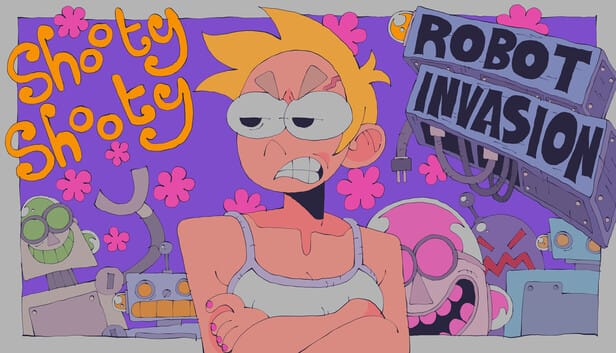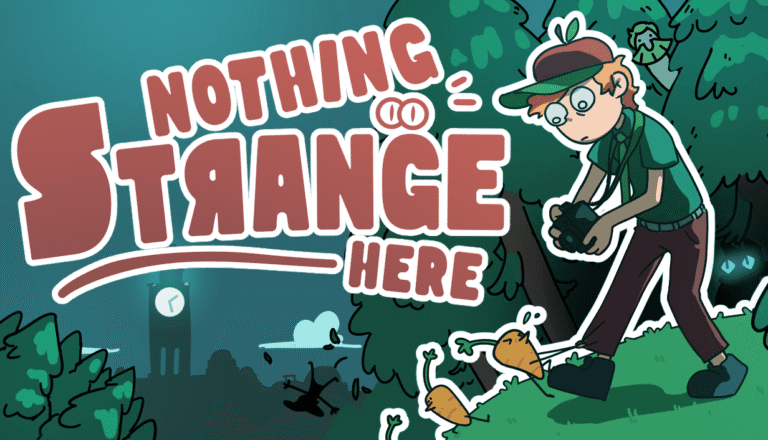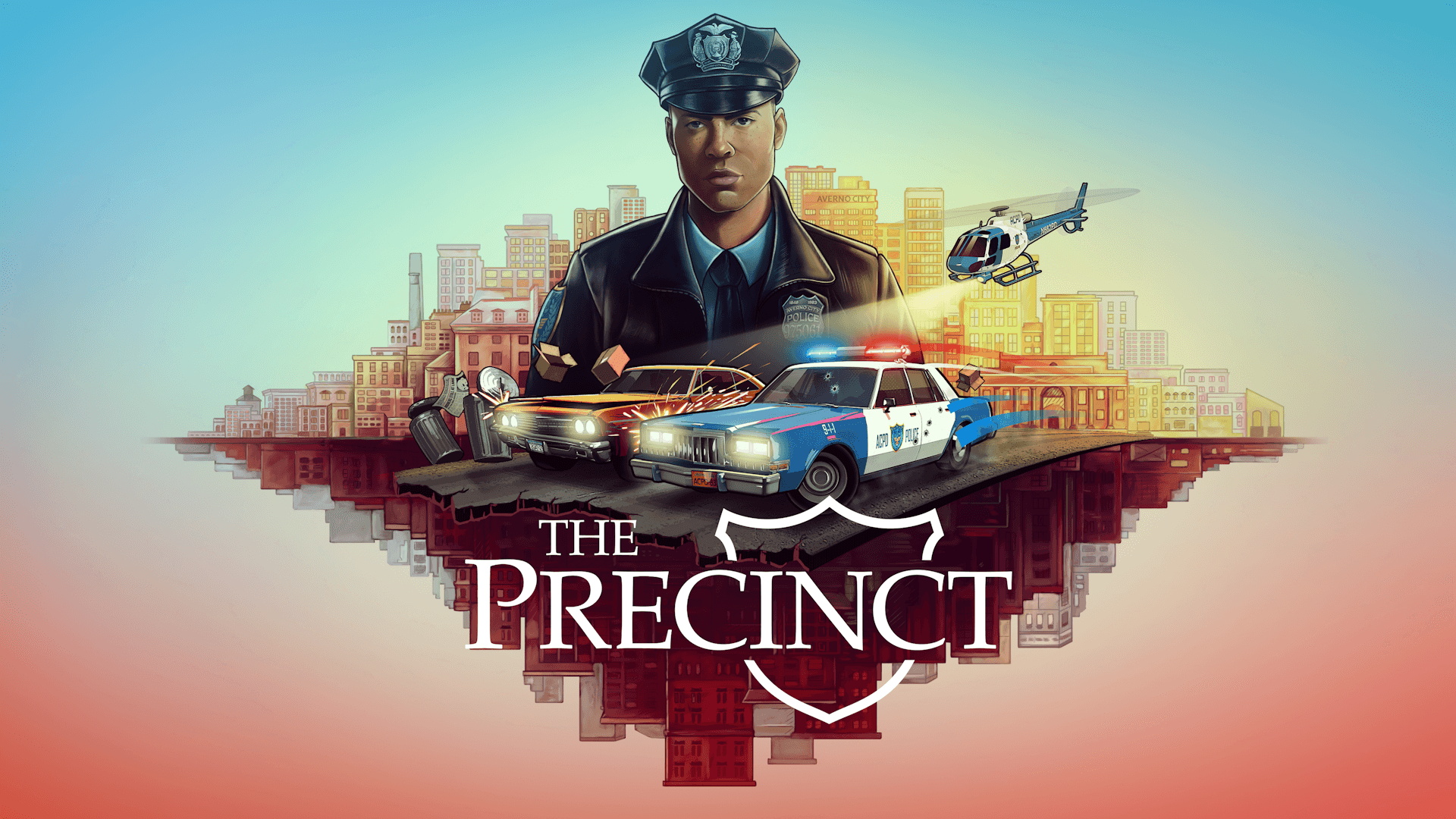
A Rookie on the Beat, A Veteran Behind the Words
I gave up a weekend for this game. I don’t say that to earn your sympathy—I say it to earn your trust. While my inbox choked on press releases and embargoes, and my social feed swelled with debates over the GTA VI trailer and Stellar Blade patches, I was somewhere else entirely. Not on a tropical Vice City beach or in a glittering sci-fi skyline. I was pounding the rain-soaked asphalt of Averno City in a battered Caprice, my partner Kelly grumbling about his bad hip, the radio chirping about a mugging two blocks over.
Ten hours turned into twenty. I chased perps into alleys, ticketed junked-out station wagons, ran down punk-rock vandals, and sat in stunned silence when the main story finally dared to show its hand. What started as “a quirky GTA-in-reverse” morphed into something I couldn’t put down—because The Precinct isn’t just a game. It’s a love letter to a genre forgotten by time, and an invitation to reimagine the badge.
This review, then, is the result of those hours—of messy shootouts, missed protocols, invisible partners, and moments of startling grace. And I want you to read this not just as a critique, but as a personal appeal: don’t write this one off too fast.
Judging a Badge by Its Cover
I didn’t expect to like The Precinct. In fact, when the code dropped into my inbox, I rolled my eyes. “GTA but you’re a cop” sounded like the worst kind of high-concept pitch: one half nostalgia bait, one half moral dodge. The isometric camera felt like a budget compromise. The ‘80s setting seemed like a stylistic crutch, cribbing from Miami Vice and Hill Street Blues instead of building something new.
Even the title felt generic. The Precinct. What was next? The Station? The Beat?
But games, like people, deserve more than surface judgments.
Blue Lights, Golden Soul – Averno’s Awakening
The revelation hit somewhere around my fifth shift. I had just spent an hour issuing parking tickets—yes, willingly—when I caught a vandal tagging a phone booth. It wasn’t a major moment. No chase. No gunfire. But it struck me: I was playing pretend as a cop. Not in the way shooters let you pretend to be a super-soldier. I mean actually being a cop: methodical, morally grey, and suffocating under bureaucracy. And I loved it.
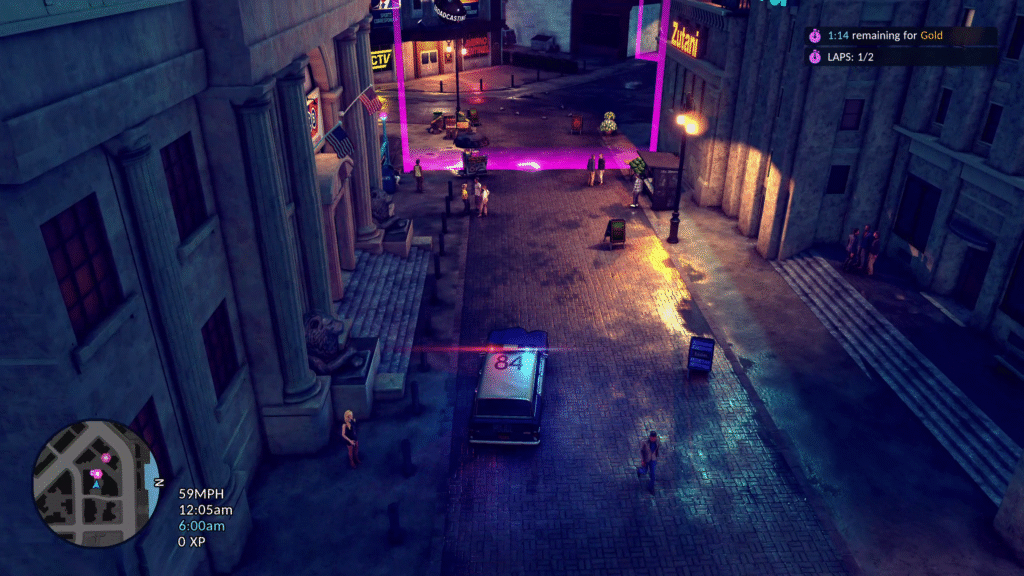
That’s when I understood what The Precinct really is.
It’s not a satire. It’s not a simulator. It’s a cop drama. A fully realized, interactive one—an ode to a very specific kind of media we don’t get anymore. The kind where patrolmen make mistakes. Where precinct politics matter. Where the gun stays holstered until the final act.
It’s L.A. Noire without the Hollywood polish. Driver without the ego. It’s This is the Police on Adderall.
But more than anything, The Precinct is the game that remembers what the badge used to mean on TV: not authority, but aspiration.
You play Nick Cordell Jr., the fresh-faced son of a slain police chief, back in his hometown of Averno to clean up the city and uncover the truth about his father’s death. The narrative is soaked in genre clichés—the grizzled partner, the too-nice chief, the warring gangs with cartoon names like the Crimson Serpents and the Jawheads—but clichés, when wielded with earnestness, can become comforting rather than tired.
And that’s the trick Fallen Tree Games pulls off. Yes, the dialogue veers into cheese (“You’re just like your old man, Cordell”), and yes, the story missions are spaced far apart, but there’s a sincerity here that’s hard to ignore.
More than that, the structure works. You gather evidence piecemeal while on patrol, slowly climbing the criminal ladder until you’re ready to strike at the top dogs. This doesn’t just drip-feed the plot—it ties your roleplay into the story. Every shift feels like you’re building toward something larger. Even when the missions are few and far between, their weight lingers.
When the finale hits—and I won’t spoil it—I felt something I didn’t expect: pride. Not just in the character. In my version of Cordell. In the person I chose to be across those hours.
Justice by Design – Gameplay that Breathes Routine and Chaos
There’s a quiet thrill in structure, and The Precinct understands this better than most. The daily loop is deceptively simple: pick a shift type—foot patrol, traffic stop, helicopter sweep—hit the beat, and react to crime as it happens. What’s remarkable is how naturally that loop becomes addictive.
Patrolling the streets of Averno isn’t about ticking off objectives; it’s about being present in a city that’s constantly misbehaving. One moment you’re checking meters for violations, the next you’re chasing a purse-snatcher through neon-lit alleyways while backup sirens wail in the distance.
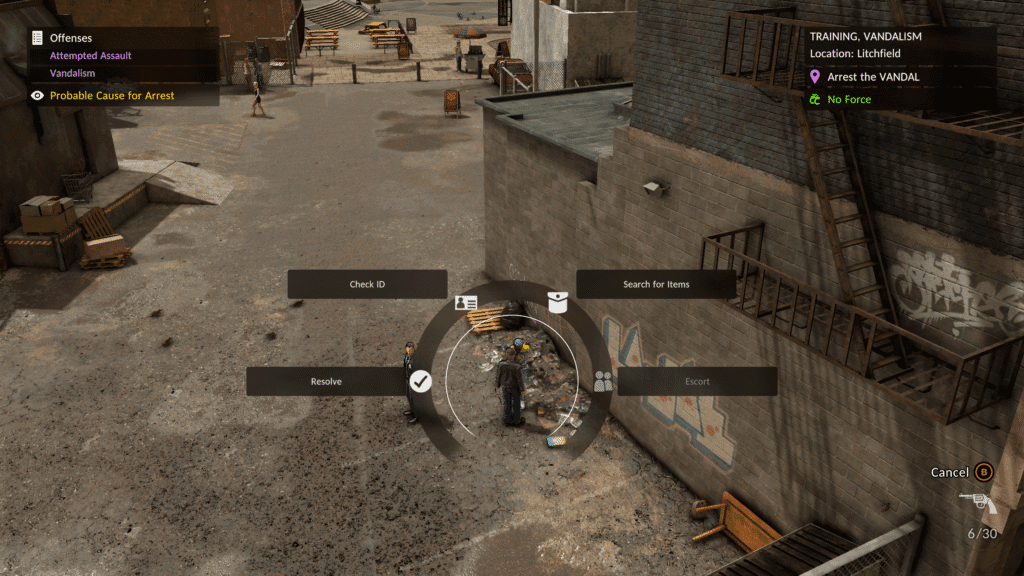
Crimes occur procedurally, which breathes life into your day. Each offense—littering, DUI, armed robbery—requires proper procedure: ID checks, contraband searches, Miranda rights. Get sloppy, and you’ll get docked XP or scolded by your supervisor. Try to shortcut justice, and the game polices you with stern red warnings and mission failures. The system insists on moral uprightness, even if the sandbox sometimes invites the opposite.
And then there’s the combat. The Precinct doesn’t want to be a shooter, but it has to be one sometimes—and this is where the seams show. Gunfights are stiff, with twitchy aiming and sticky cover mechanics. The radial command wheel, used to process suspects and select actions, adds unnecessary friction, especially when time is of the essence. It’s serviceable, but clearly not the game’s strength.
But vehicular chases? That’s where the game sings. From greasy A-Team-style vans to boxy Caprices, the car handling is chunky and weighty, reminiscent of Driver or Mafia. Cars shudder and fishtail as you careen through intersections, sirens wailing. The best moments in The Precinct aren’t in shootouts—they’re in sweaty-palmed pursuits down wet streets, trying to box in a fleeing gangbanger with squad cars and spike strips before he vanishes into the fog.
It’s here, in those moments of pure improvisational chaos, that The Precinct justifies every ounce of its existence.
Averno in Neon – Art, Atmosphere, and the Sound of Sirens
Visually, The Precinct is a small miracle.
Despite its modest isometric presentation, the game overflows with texture, style, and mood. Averno City is an ‘80s noir dream, drenched in neon and grit. From the graffiti-caked walls of Chinatown to the flickering marquees of rundown theaters, the city feels like a fever dream pulled from VHS crime procedurals.
At night, the visuals come alive. Rain slicks the streets, taillights smear like brushstrokes, and red-blue sirens bounce off puddles and chrome. It’s not realism—it’s vibe.
Synth-driven, smoky, and seductive, The Precinct’s score does heavy lifting to elevate your beat from mundane to mythic. The chase themes pulse with adrenaline, while ambient cues hum beneath your daily rounds. At times, it evokes Stranger Things or Drive, only less self-aware and more lived-in. It’s not just background noise—it’s the sound of the city breathing through your dashboard radio.
Voice acting, however, is a mixed bag. Nick’s lines land well, and Kelly has charm despite leaning hard into “grizzled vet” tropes. But some NPC chatter ranges from passable to painful. The writing tries to homage ‘80s cheese, but often slips into parody.
Game of Small Glories and Janky Realities
Let’s address the elephant in the squad car: The Precinct is not a polished game.
AI is unpredictable—partners vanish, suspects clip through fences, and backup cops sometimes show up only to drive in circles like confused Roombas. There are invisible walls, animation glitches, and yes, I too had a save file vanish during the intro mission. If you play long enough, you’ll find yourself shouting “That’s not how doors work!” at least once.
But here’s the thing: the jank never feels cynical. This isn’t a game broken by ambition—it’s one straining nobly against its indie budget. Fallen Tree Games built an entire city and simulation system with a five-person team. That’s staggering. And even when it buckles, the game never stops trying to deliver a cohesive, personal vision.
The UI, while occasionally cluttered (death to radial wheels), is thoughtfully layered with optional automation. Want to manually charge suspects and drive them back to the station? Go for it. Want to streamline the process and stay on the streets? That works too. It’s a rare game that respects your time while still rewarding immersion.
Badge, Gun, Heart – Why You Should Play This Game
You’ve played the games where you run from the cops. Now play the one where you are the cop—and not a superhero, not a tyrant, not a joke. A cop who is flawed, tired, hopeful, and human.
The Precinct isn’t perfect. But it’s brave. And in an industry that often defaults to bombast and spectacle, that bravery is worth celebrating. It’s a game with heart, humor, jank, and more soul than any open-world game has a right to pack into its rain-slick streets.
So give it a shift. Give it a night.
There’s a city out there that needs cleaning up.
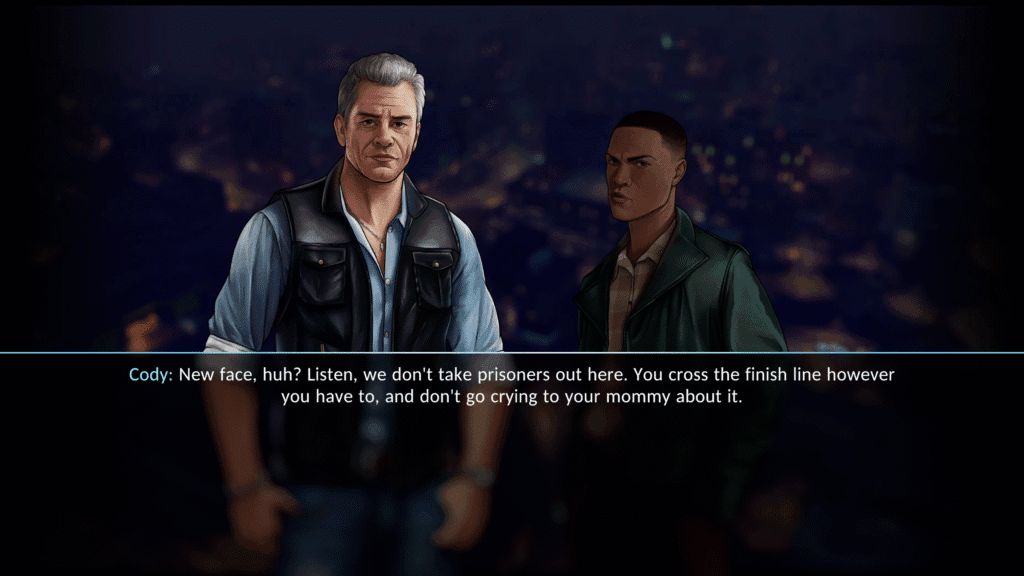
Pros
✅ Atmospherically rich ‘80s noir aesthetic
✅ Dynamic open-world patrol gameplay
✅ Rewarding roleplay systems
✅ Gritty car chases and immersive sound design
✅ Ambitious indie scope with heart
Cons
❌ Clunky combat and radial UI
❌ Underdeveloped story beats and writing
❌ Frequent AI and technical bugs
⭐ Final Verdict: 3.8 / 5 ⭐
A flawed but fiercely earnest gem. If you can tolerate a little jank, The Precinct offers a fresh, deeply satisfying take on the open-world genre. One of the most human games I’ve played this year.
The Precinct was reviewed on PC. Review code was provided by the publisher.

